
Antonie Philips van Leeuwenhoek (24 October 1632 – 26 August 1723) was a Dutch businessman, scientist.
Antonie one of the notable representatives in the golden age of Dutch science and technology.
A largely self-taught man in science, he is commonly known as "the Father of Microbiology", and often considered to be the first acknowledged microscopist and microbiologist.
Van Leeuwenhoek is best known for his pioneering work in the field of microscopy and for his contributions towards the establishment of microbiology as a scientific discipline.
Raised in Delft, in the Dutch Republic, Van Leeuwenhoek worked as a draper in his youth, and founded his own shop in 1654.
He made a name for himself in municipal politics, and eventually developed an interest in lensmaking.
Using his handcrafted microscopes, he was the first to observe and describe microorganisms, which he originally referred to as animalcules (from Latin animalculum = "tiny animal").
He was also the first to document microscopic observations of muscle fibers, bacteria, spermatozoa, and blood flow in capillaries.
Van Leeuwenhoek did not write any books; his discoveries came to light through correspondence with the Royal Society, which published his letters.
Antonie van Leeuwenhoek was born in Delft, Dutch Republic, on 24 October 1632.
Van Leeuwenhoek married Barbara de Mey in July 1654, with whom he would have one surviving daughter, Maria (four other children died in infancy).
After developing his method for creating powerful lenses and applying them to the study of the microscopic world, Van Leeuwenhoek introduced his work to his friend, the prominent Dutch physician Reinier de Graaf.
Van Leeuwenhoek's work fully captured the attention of the Royal Society, and he began regularly corresponding with the Society regarding his observations.
Antonie van Leeuwenhoek was elected to the Royal Society in February 1680 on the nomination of William Croone, a then-prominent physician.
By the end of the 17th century, Van Leeuwenhoek had a virtual monopoly on microscopic study and discovery.
Antonie van Leeuwenhoek made more than 500 optical lenses. He also created at least 25 single-lens microscopes, of differing types, of which only nine have survived.
Van Leeuwenhoek used samples and measurements to estimate numbers of microorganisms in units of water.
Antonie van Leeuwenhoek was one of the first people to observe cells, much like Robert Hooke.
By the end of his life, Van Leeuwenhoek had written approximately 560 letters to the Royal Society and other scientific institutions concerning his observations and discoveries.
He died at the age of 90, on 26 August 1723, and was buried four days later in the Oude Kerk in Delft.
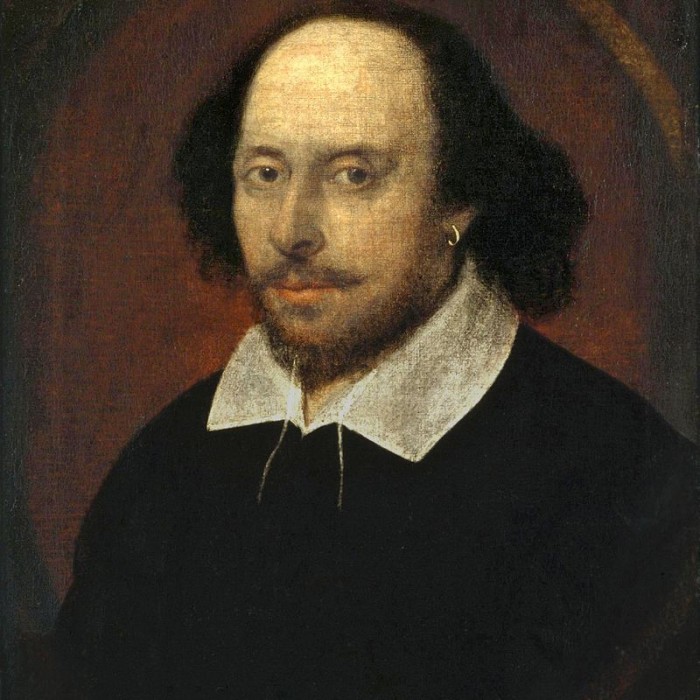
1564 - 1616

1803 – 1882

1854 – 1900
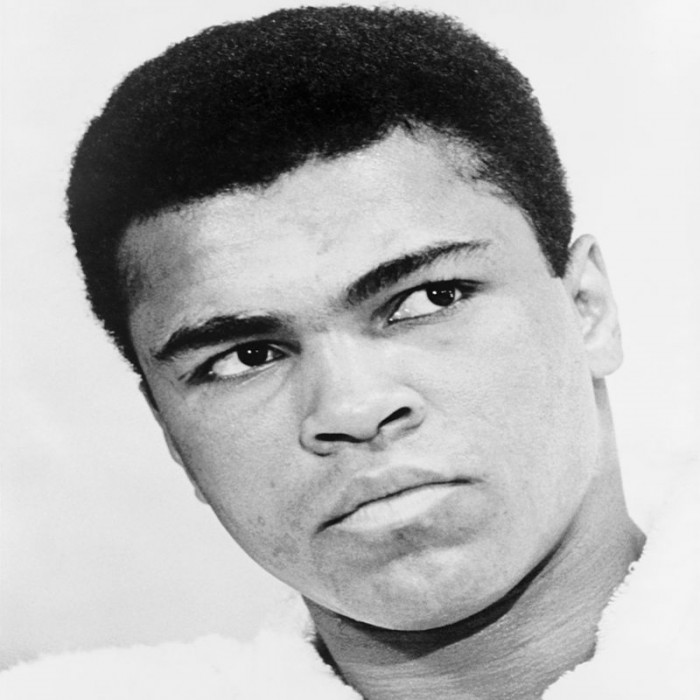
1942 – 2016

1928 – 2014

1835 – 1910

1869 – 1948
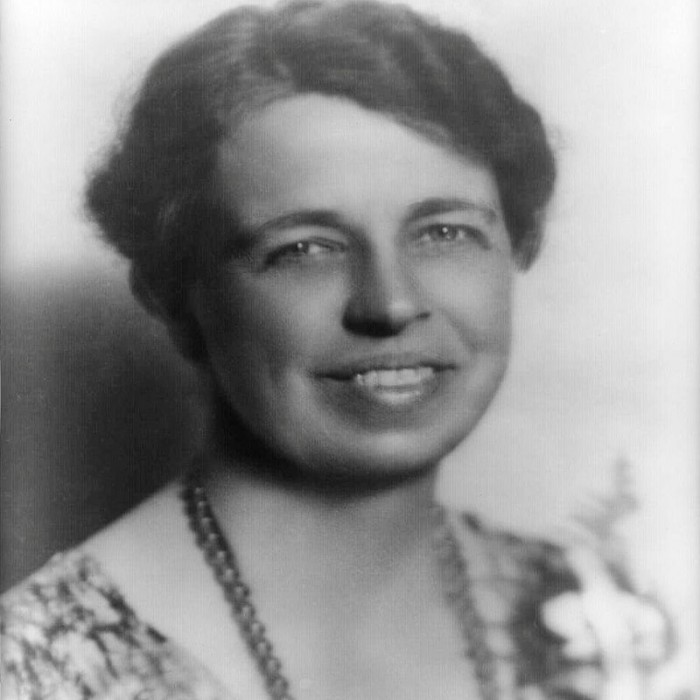
1884 – 1962
1898 – 1963

1929 – 1993
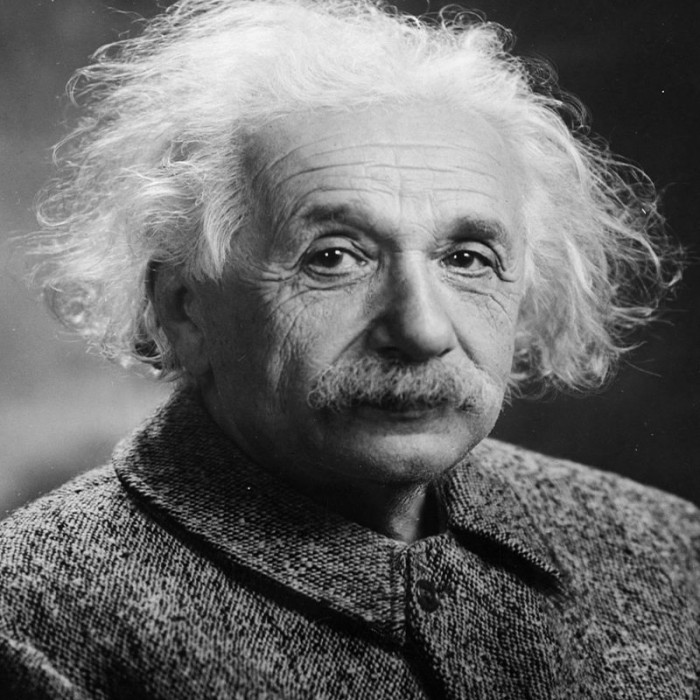
1879 – 1955

1809 – 1865
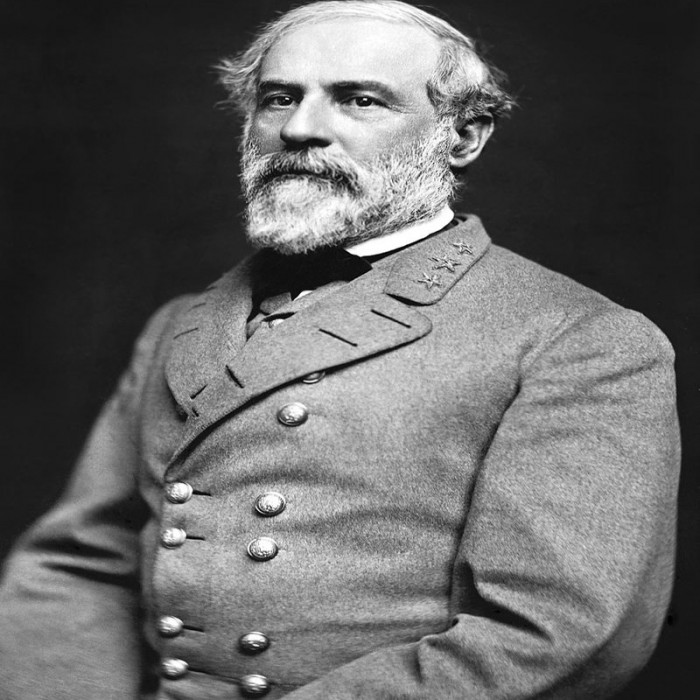
1807 – 1870

1800 – 1859
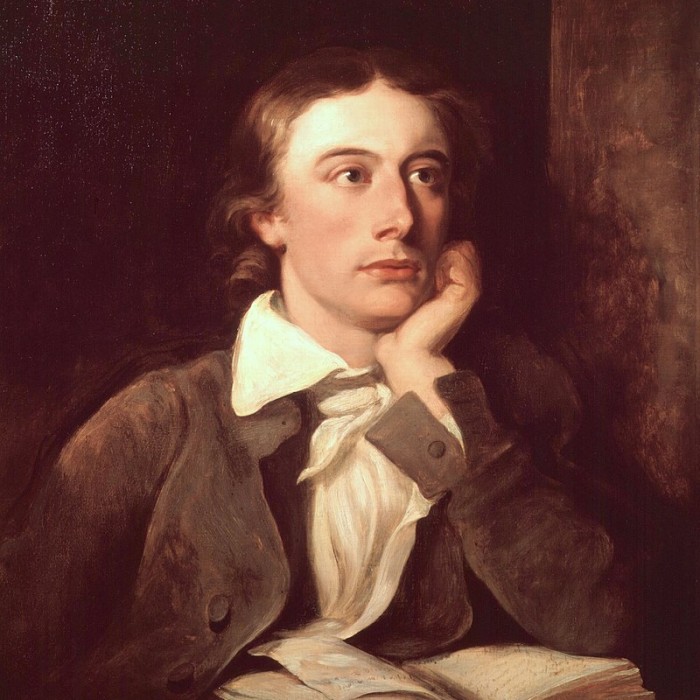
1795 – 1821
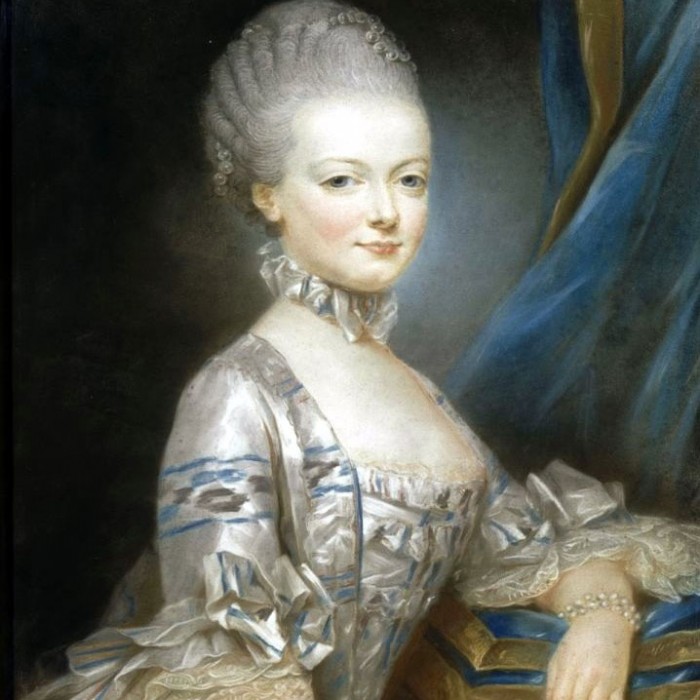
1755 – 1793

1984 -

1989 – 2011
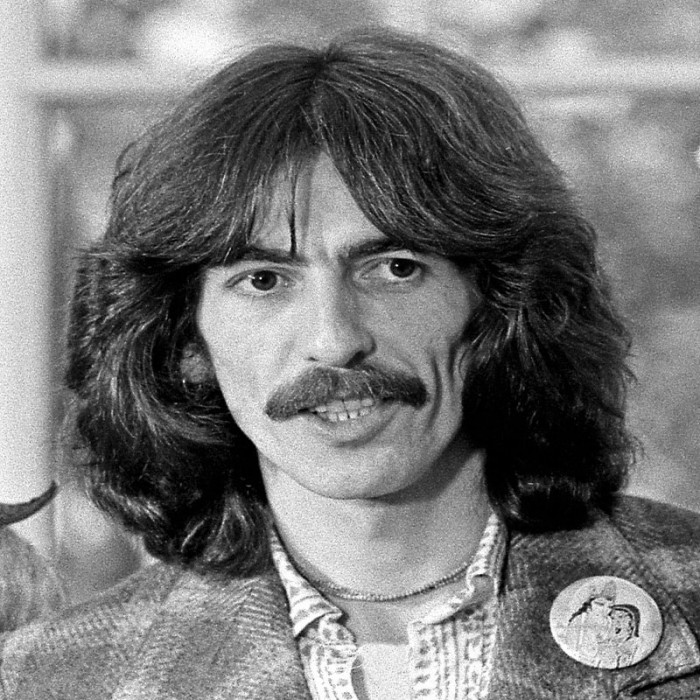
1943 – 2001

1815 – 1902

1929 – 1994

1767 – 1848
